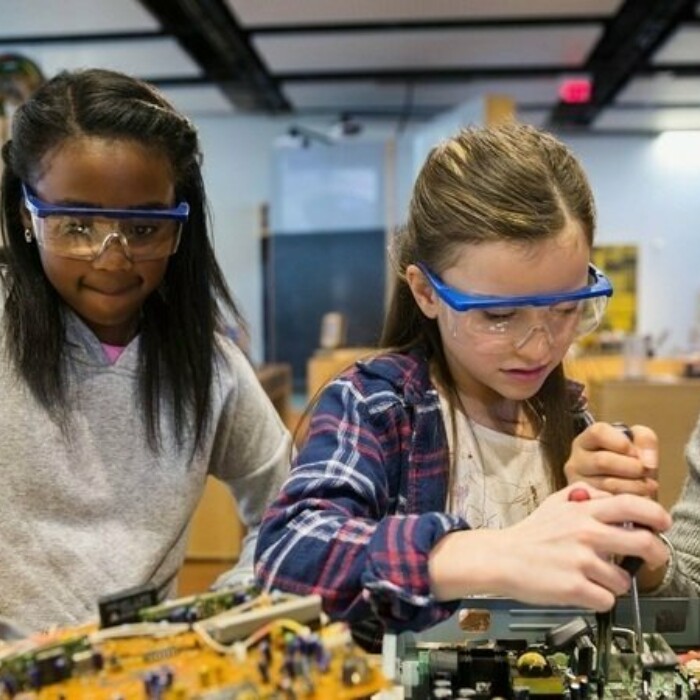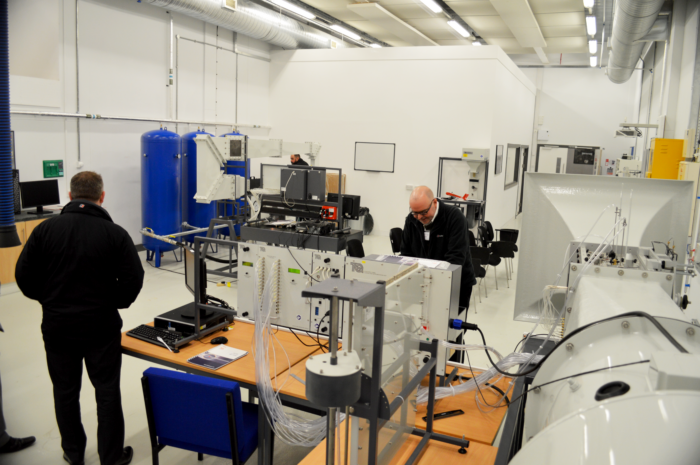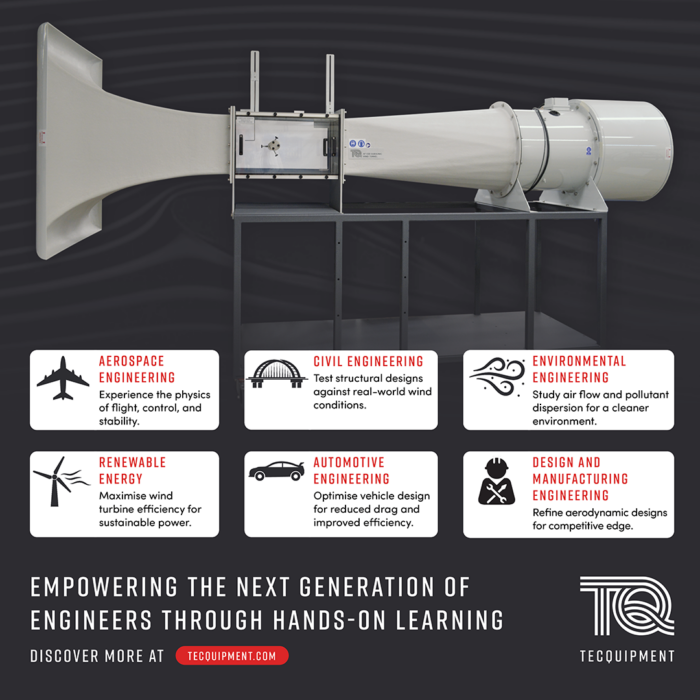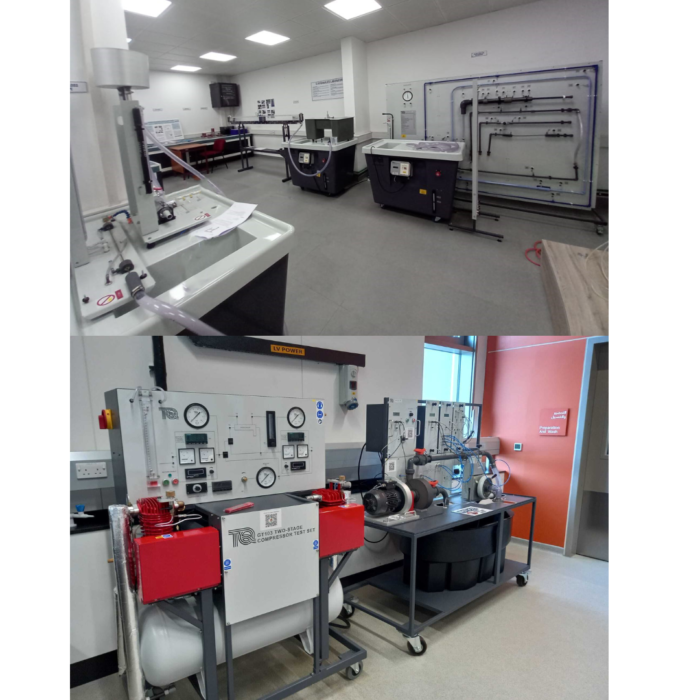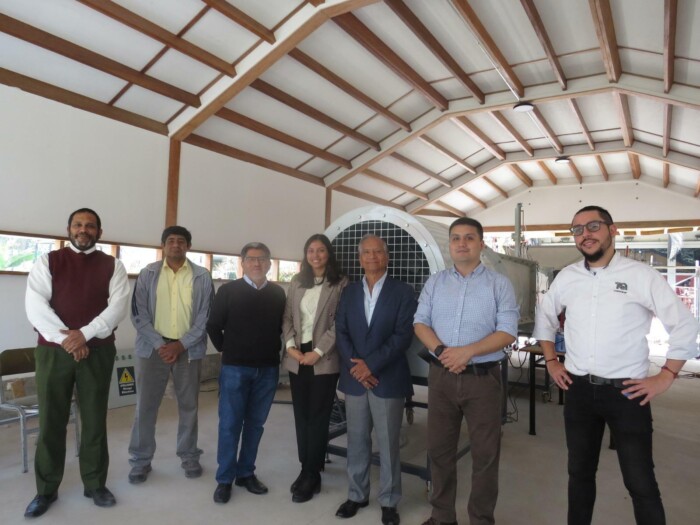In a recent paper published in the Social Issues and Policy Review, Kuchynka, S., L., Eaton, A. A., & Rivera, L. M researched macro and micro systems to explain why the gender gap in STEM persists.
For America over the last three decades STEM outreach and interventions have increased, but inequality remains, as in 2019 women made up only 27% of the STEM US labour market, and only 5% of that consisted of women of colour. Why this is, is down to variables within the macrosystem, cultural elements affecting childhood development, and microsystem, representing an individual’s immediate environment during early development, such as family, school, and peers[1].
Looking into Bronfenbrenner’s ecological theory and the social psychological theories of: social role theory, social dominance theory, and system justification theory the authors discerns that at the macrosystem level, cultural stereotypes and gender-stem stereotypes “undermine girls but boost boys stem interest and success” and demonstrates how the gender status hierarchy is upheld, male above female, girls having less knowledge in STEM then boys etc.[2]
Furthermore, looking into the microsystems of explicit and implicit biases, expectancies and attributions, and identity threats, there is the promoted and maintained gender inequality in STEM. The combination of these systems throughout childhood development means that in comparison to boys, girls will have a lower psychological desire to develop into STEM. These microsystem variables could be that STEM is associated with boys so parents use less scientific language with daughters compared to sons, boys can speak about their ideas longer in STEM classes then girls, textbooks depict males and feature little to no women of colour. This external messaging can negatively affect girls desire to pursue STEM.
In comparison to boy’s girls will feel “increased STEM anxiety, lower self-efficiency, weaker STEM identities, and lower STEM career aspirations”[3] even if, when studying STEM classes during primary, secondary, and higher education they outperform boys. This concludes the gender gap in STEM pathways is not driven by the differences in natural ability but is driven by differential socialization of boys and girls.
Why the gender gap is a problem?
STEM talent is being left untapped, not just in America but globally, and without utilising this knowledgeable workforce we will be unable to address the STEM labour shortages. Recruitment and retention is problematic in the STEM workforce, (check out our blog on the Gender Gap in Engineering), but it is vital that underrepresented gender and ethnic-racial groups join this workforce.
STEM training and careers provide many societal benefits, along with reducing labour shortages, it provides opportunities for high-status positions of URG (Universal Rights Group) individuals, stimulates innovation and productivity through global competition and leadership, and promotes sustainable economic growth, something vital for building wealth and achieving economic justice [4].
The paper indicates that “STEM learning environments need to be carefully curated so students are not constrained to traditional gender roles and behaviours, which result in unequal intergroup dynamics. There needs to be more adaptive forms of learning that can stimulate interest in STEM.”
To achieve this the authors proposed seven practice recommendations to improve STEM in K12 education (education that is from kindergarten to 12th grade, or Primary to Secondary school, ages 5 to 18) and three policy recommendations.
The practice recommendations centre on ways to increase gender egalitarianism (the belief that all people are equal and deserve equal rights and opportunities), intergroup cooperation and collaboration in STEM K12 learning environments. Whilst the policy recommendations focus on increasing teacher autonomy, high-quality training, and representation, re-evaluating standardized testing and reallocating government funding for public schools.
To read more about the theories and recommendations provided, read the full paper here.
[1] Guy-Evans. O. (2020) Bronfenbrenner's Ecological Systems Theory. Simply Psychology. Available at: Bronfenbrenner's Ecological Systems Theory | Simply Psychology
[2] Bannikova, Liudmila & Boronina, Lyudmila & Kemmet, Elena. (2016). GENDER STEREOTYPES AND STEM EDUCATION.
[3] Kuchynka, S.L., Eaton, A., and Rivera, L.M. (2022), Understanding and Addressing Gender-Based Inequities in STEM: Research Synthesis and Recommendations for U.S. K-12 Education. Social Issues and Policy Review, 16: 252-288. https://doi.org/10.1111/sipr.12087
[4] Kuchynka, S.L., Eaton, A., and Rivera, L.M. (2022), Understanding and Addressing Gender-Based Inequities in STEM: Research Synthesis and Recommendations for U.S. K-12 Education. Social Issues and Policy Review, 16: 252-288. https://doi.org/10.1111/sipr.12087

